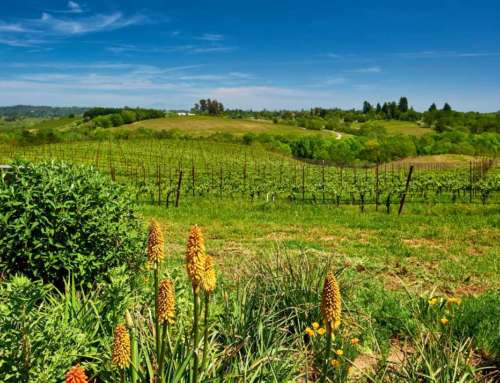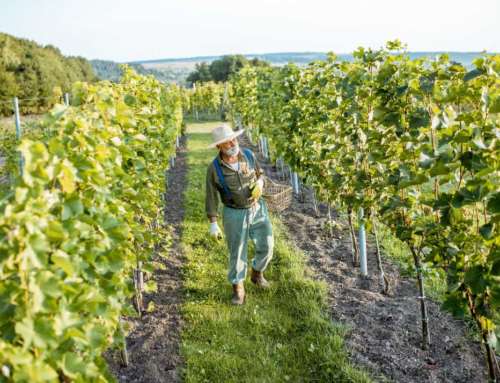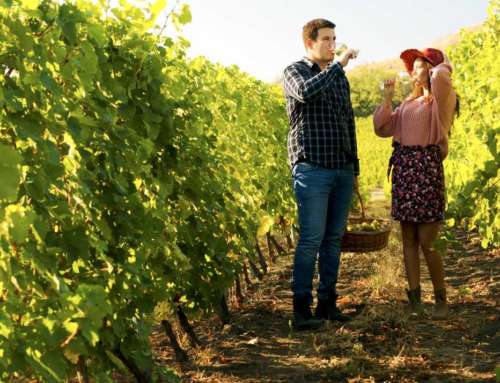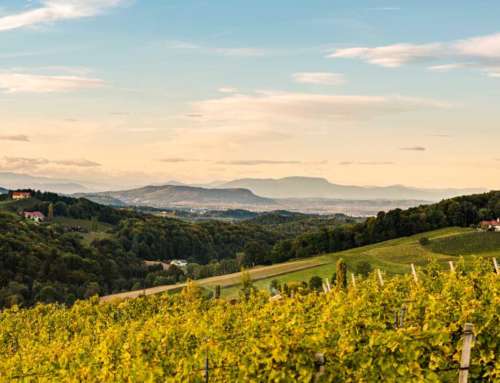Australia relies on strong wine tourism sector for further growth
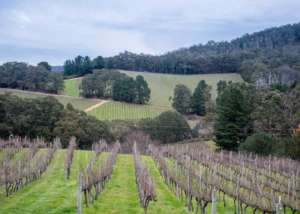
On 1 and 2 March 2023, Valladolid Trade Fair will showcase the different proposals for wine tourism for the coming holiday periods thanks to FINE #WineTourismExpo #Marketplace. National and international exhibitors will have the opportunity to present their activities and other offers. In the international section, one of the countries on the rise in wine tourism is Australia.
The antipodes are not classified as the first place that comes to mind when we talk about wine or wine tourism. New Zealand is a great example of this, but the country featured in this article is not far behind: Australia.
The general idea of Australia only conceives of the Sydney Opera House, kangaroos, koalas and people surfing all the time. One of the secrets that awaits this great piece of oceanic land are its spectacular vineyards, apart from the ideal routes for wine tourism lovers. The distance and difficulty of the journey, for all citizens coming from Europe or America, adds a touch of excitement to an unforgettable trip.
Numbers and tradition put Australia in a relevant status
Australia is one of the world’s leading wine producing countries. The impact comes from a winemaking sector made up of increasingly large and prestigious companies. The average number of tonnes of grapes harvested is 1,500,000. Grapes are planted in the 150,000 hectares of vineyards that exist in the country. It should not be a bad product, as its buyer countries are the powerhouses of the United States, China and the United Kingdom.
The Australian wine sector is not a mere upstart. Tradition comes from having some of the oldest vineyards on the planet. Some vineyards date back as far as the 19th century (1850). Quality meets quantity, as Australia’s 65 wine regions are home to 2,400 wineries. This number translates into a wide variety of wine tourism routes.
Wine tourism in Australia: Where landscape meets quality
It is well known that the country’s scenery is breathtakingly beautiful, has been the setting for films and the photographs from certain points are spectacular. The quality of Australia’s wineries should also be noted. The prestigious magazine “Wine&Spirits” selected four wineries in its list, namely Giant Steps, Penfolds, Vasse Felix and Yangarra Estate.
For those wine tourists who want to combine their passion with gastronomy, they should know that the local food should be combined with the local wines of the region. Australia’s geographical extension and cultural variety invite to follow these guidelines to maximise the qualities of both the wine and the gastronomic gems.
As mentioned in previous paragraphs, Australia comprises up to 65 wine regions. You would need a long and extensive holiday to cover all the routes, but some must-visit areas are the Barossa Valley, Hunter Valley, Margaret River and Mornington Peninsula.
All four areas have similarities such as stunning sunsets and a host of relaxing accommodation options. But the Barossa Valley will undoubtedly be right up your street when it comes to wine. The region has a special winery whose product is different from the rest. Every year they release a wine from a unique 100 year old vintage.
Government support, one reason for success
Australia’s recent wine tourism boom has not come out of nowhere. In 2018, the country’s government issued a $50 million package of export and regional wine support measures. Within this policy, $7.4 million went directly to funding 21 international wine tourism projects.
Australia’s Minister for Agriculture and Water Resources at the time, Anne Ruston, said the response to this programme was very positive with more than interesting wine tourism proposals: “Our regions have really embraced the opportunity to expand and enhance Australia’s diverse and unique wine tourism experiences. It’s about growing the reputation of Australia’s food, wine and tourism experiences. Together with targeted marketing campaigns in China and the United States, the grants are creating a platform for commercial success for our local brands and investing in local jobs. And time seems to have proven the country’s authorities right.


